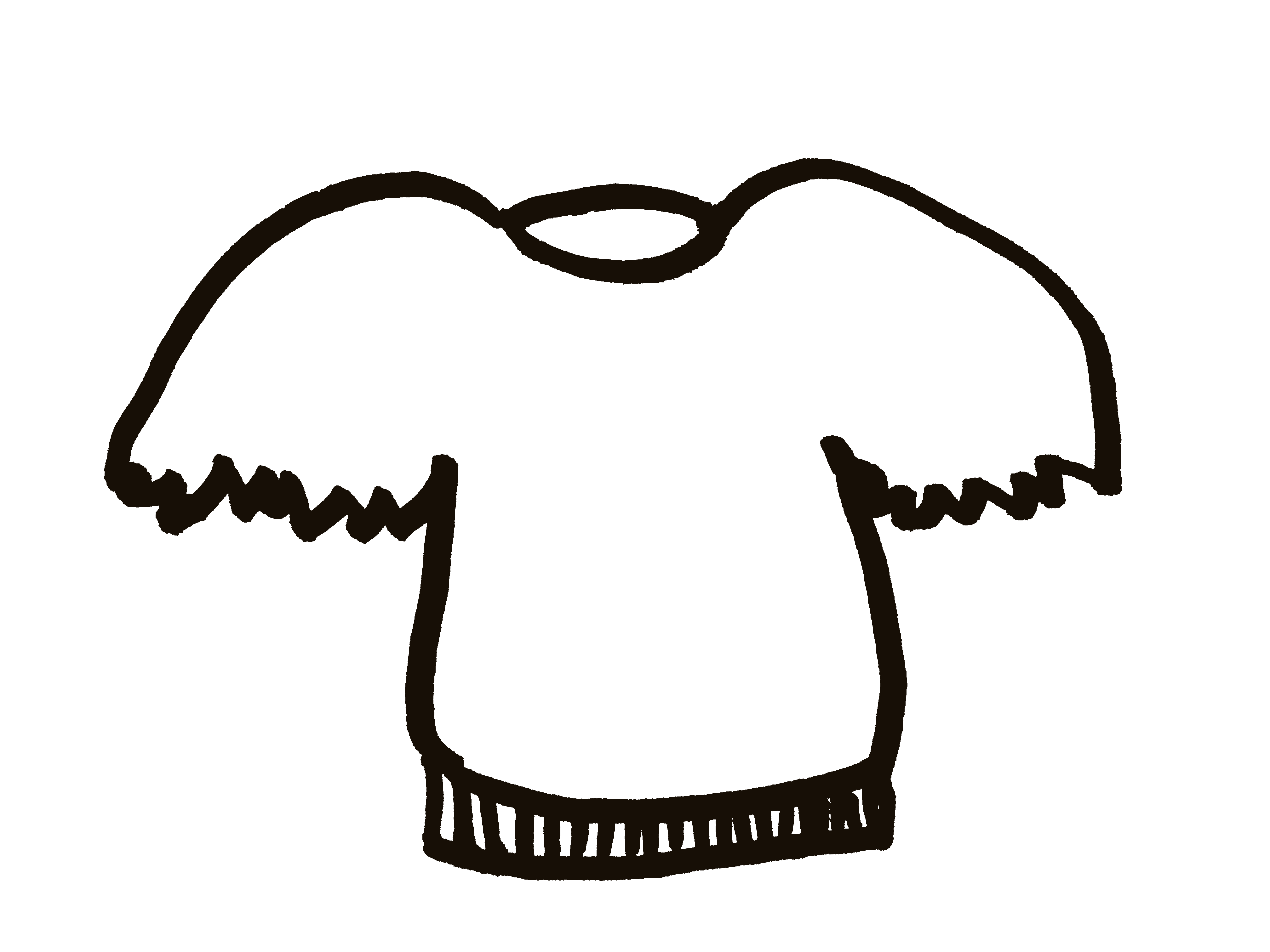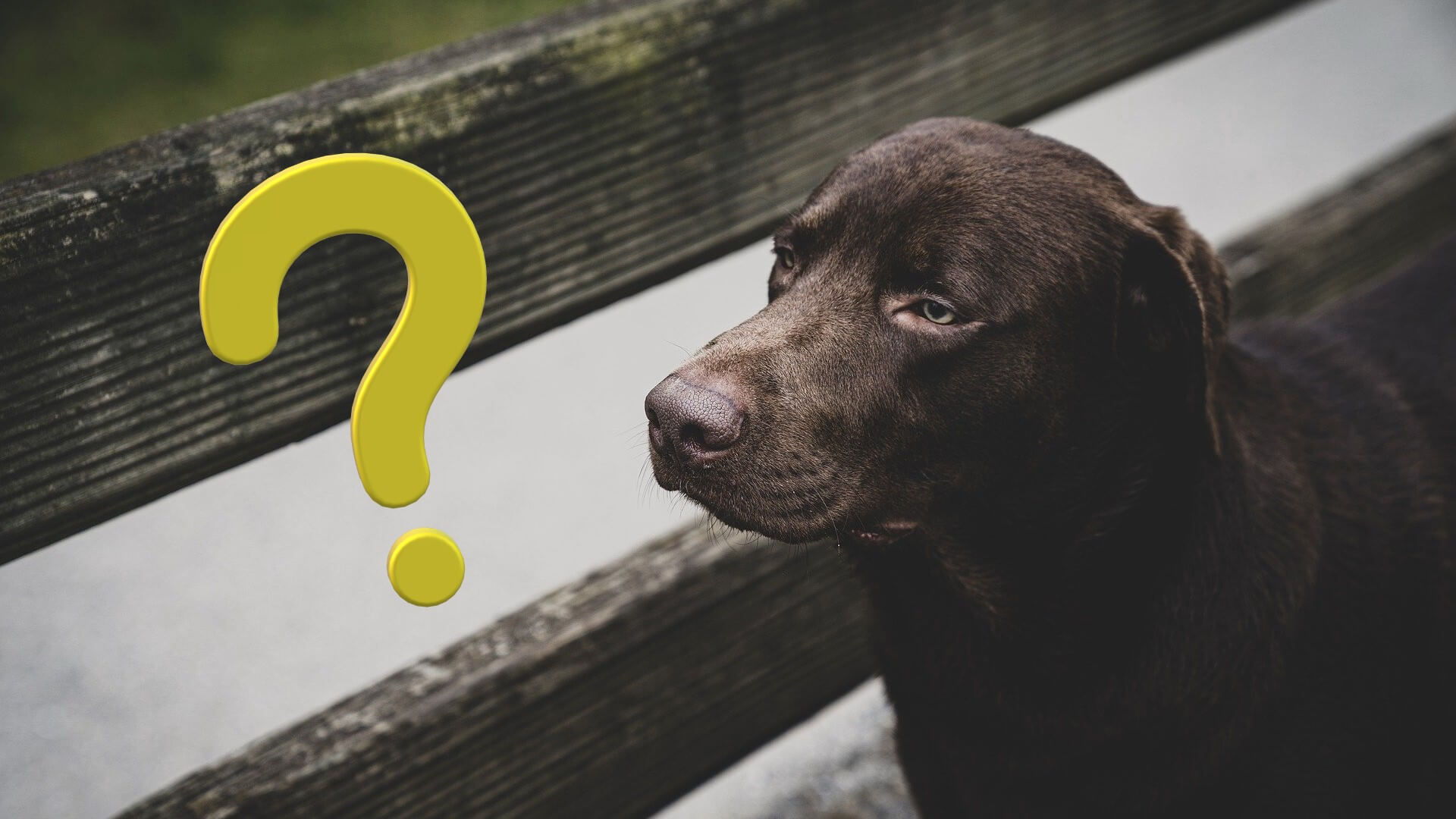Getting hit with a lawsuit is a nightmare for any online seller. One day your account is frozen, your funds are locked, and you’re facing a legal battle in a court hundreds of miles away.
Sometimes, you can’t even start negotiating because the plaintiff’s attorney won’t pick up the phone. And even after you agree to a settlement, the process isn’t over.
Here is how to navigate the final steps to make sure you actually get your business back.
(1) When to consider settlement?
The cheapest way out is almost always a quick settlement. Don’t drag your feet. Settling early saves you thousands in attorney’s fees later.
The elephant in the room: How do you know the settlement is fair? Usually, in these high-volume cases (where a plaintiff sues a plethora of online sellers), a “fair” settlement is one that costs less than the legal fees you’d pay to fight it. You’ll know a reasonable offer when the numbers finally make sense for your business to move on.
(2) The “Waiting Game”
In a high-volume case, it can be hard to grab the attention of the plaintiff’s attorney. Making it worse, in addition to due dates, courts often have “status dates” on the calendar where everyone is required to show up or file a report.
Your headache isn’t over until the case is dismissed and the account freeze is gone. Even after a judge signs off on the settlement, the plaintiff’s lawyer still needs to follow up with the marketplace (Amazon, Walmart, etc.) to unfreeze your account.
In all fairness, you can’t just sit and wait.
(3) Applying Pressure
Use the leverage of court filings—like motions or status reports—to make their life harder if they ignore you. They weaponized the lawsuit first; now it’s your turn to return the favor.
3 Tips Every Seller Should Know
1. Paying is only half the job
Don’t assume that because you sent a wire transfer, you’re safe. You need to see a final order from the Judge. Until that “Dismissal Order” is signed, you are still technically being sued.
2. Don’t ignore the “Local Rules”
Every court has “Local Rules” that can trip you up. For example, many courts require you to report who actually owns your company at the very beginning of a case. Making sure your lawyer handles these administrative steps early on protects you from extra fees or delays later.
3. Use the Court to push the Plaintiff
If the people who sued you are taking forever to respond to your emails or phone calls, give them a reason to act. Teasing a motion for anything that forces them to spend time answering can be very effective. When it becomes more “expensive” for them to ignore you, they will move fast.
The Bottom Line
Closing a lawsuit is about staying organized. You need a paper trail that proves you paid, proves the other side was notified, and proves to the Judge that you followed all the rules. Don’t stop until the Judge signs the final paper.
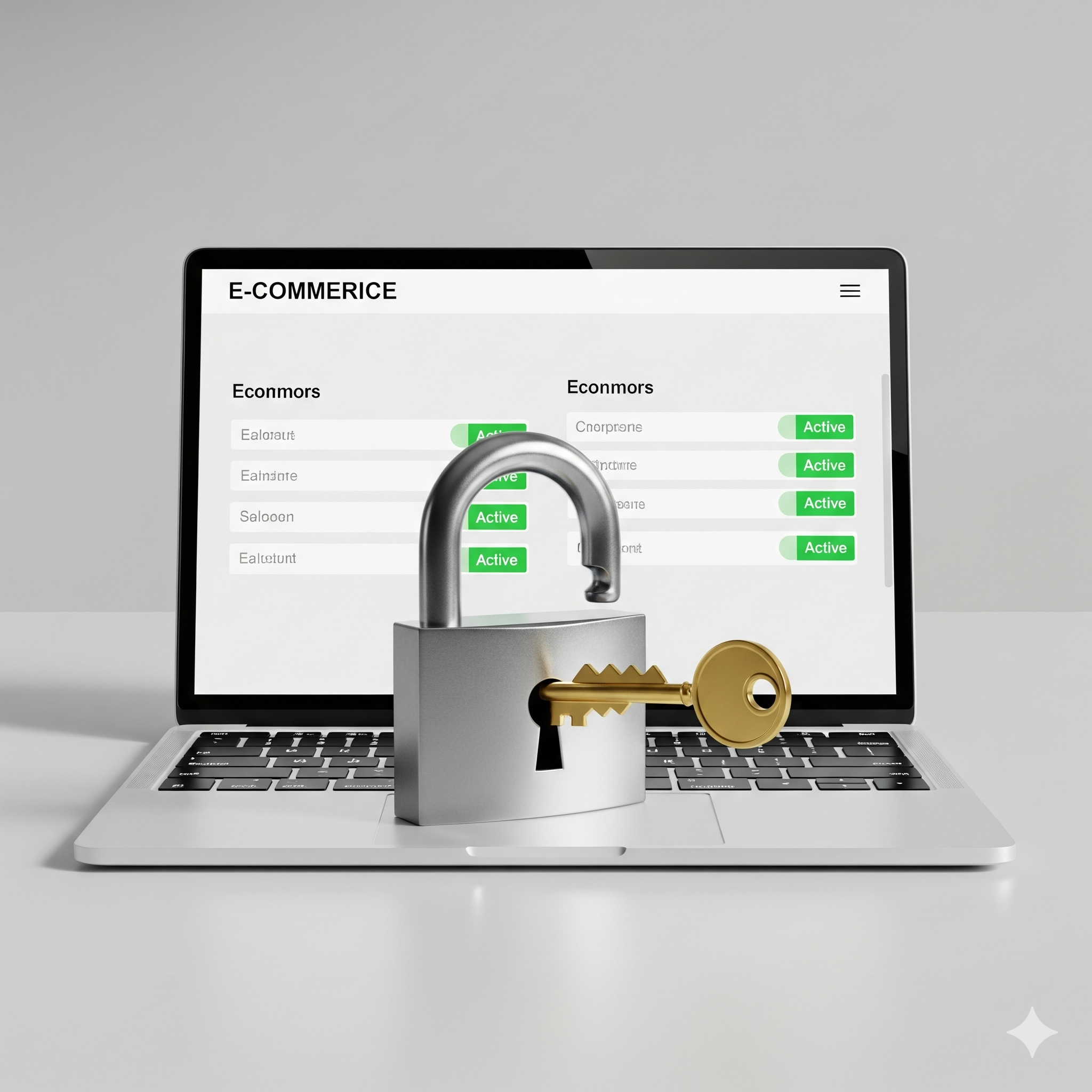
 (with “SLIDER BAR” disclaimed)
(with “SLIDER BAR” disclaimed)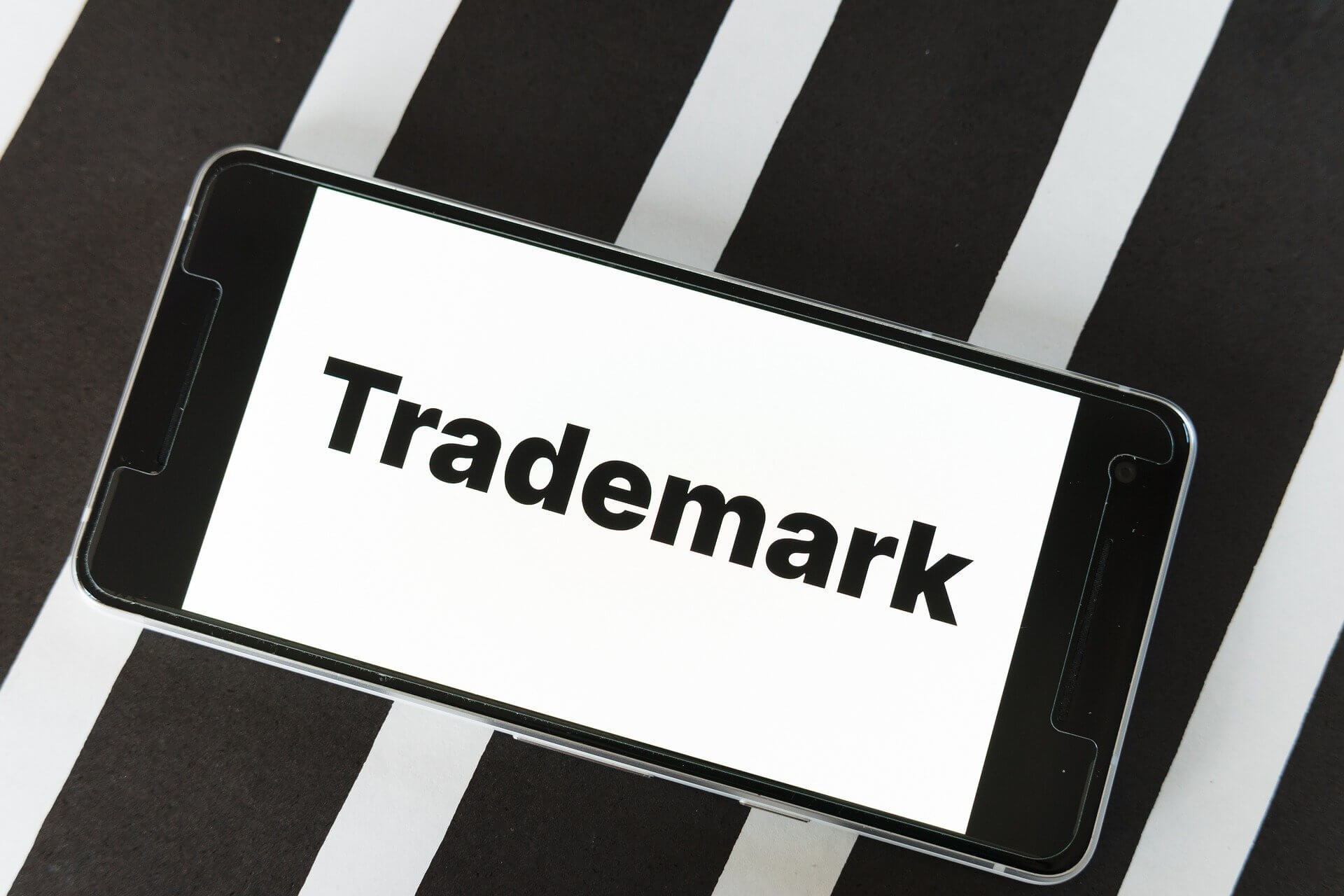
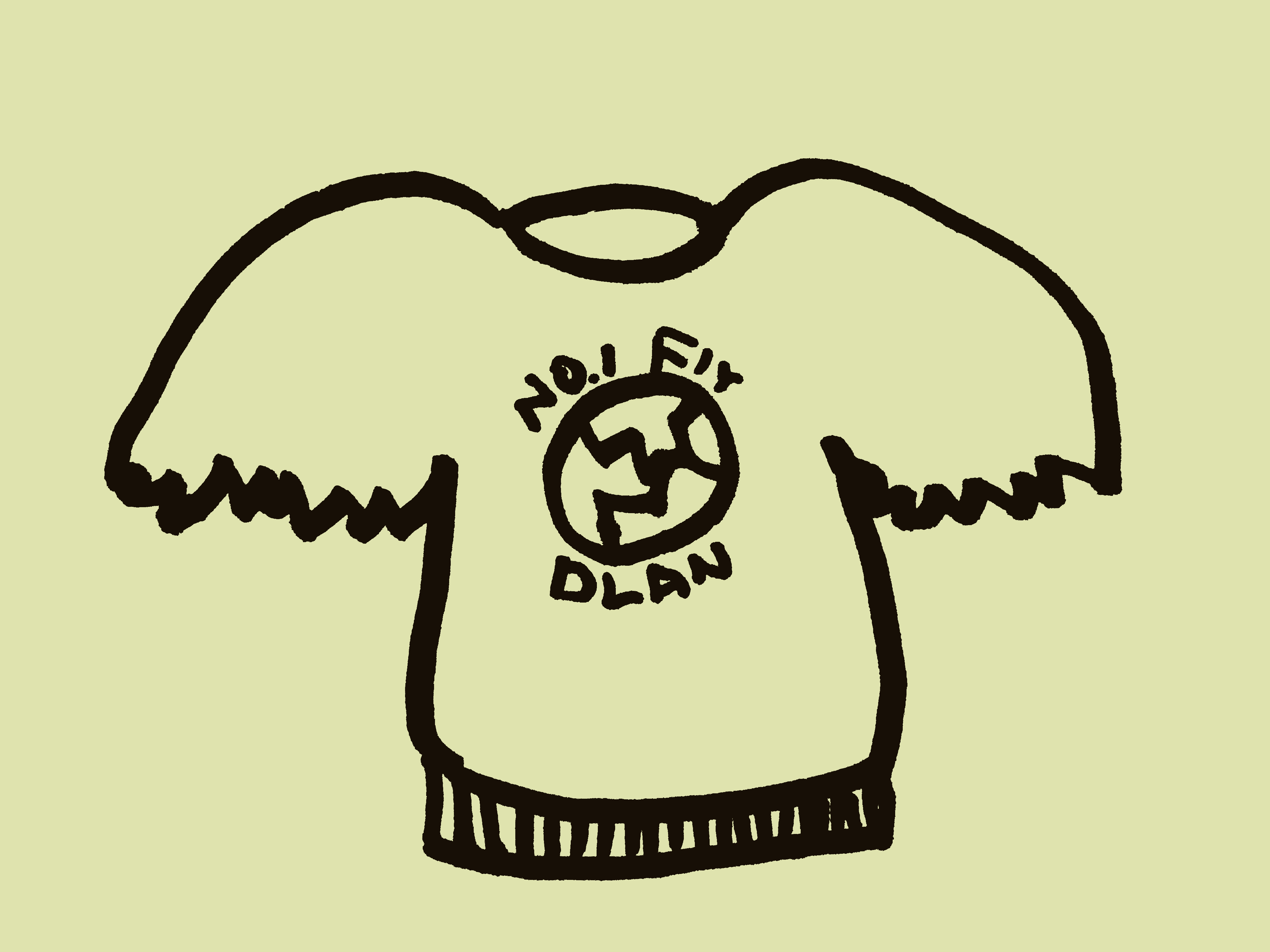





 client spends about $710 including all government fees and other expenses to get a trademark registered.
client spends about $710 including all government fees and other expenses to get a trademark registered.